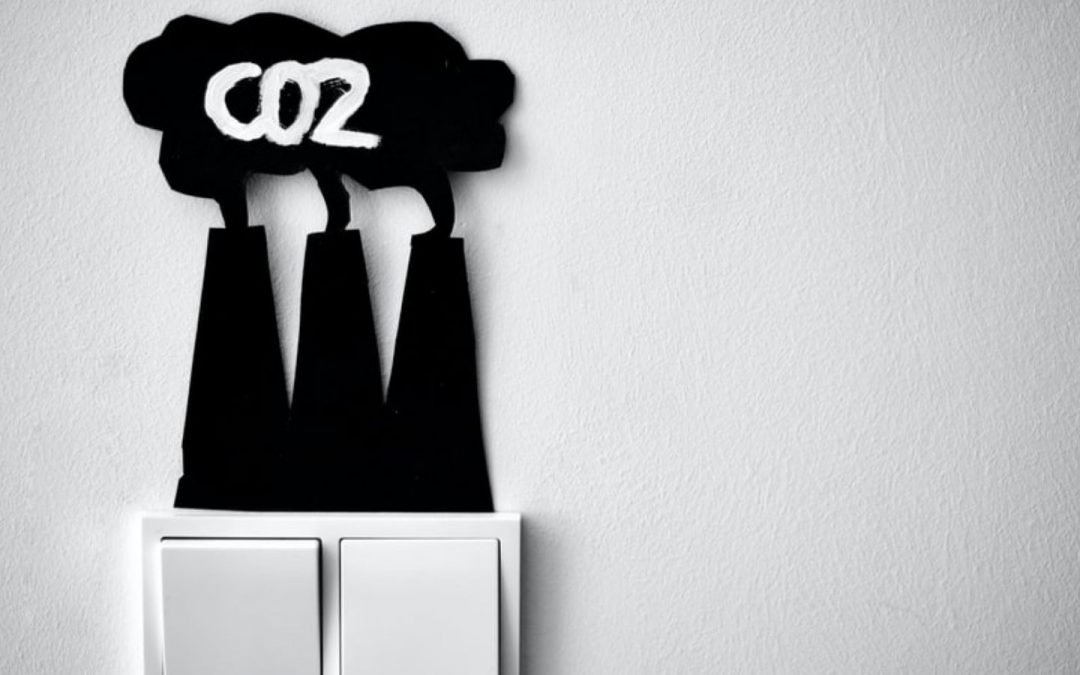Demystifying net zero for small businesses
The UK Government is committed to reducing the UK’s greenhouse gas emissions by at least 100 percent by 2050, compared to 1990 levels.
This target is known as net zero and moving to a net zero carbon economy is now set in UK law. Most big firms will be forced to show how they intend to hit these targets, under proposed Treasury regulations.
While the focus is on larger companies, it is important that micro and small businesses play their part. Small businesses account for 99.9 percent of the UK business population so their collective tangible climate actions to chart the path to net zero emissions by 2050 are critical.
Taking action to become net zero will bring many benefits to your small business including improving resilience and competitiveness, while reducing costs and even encouraging investment and attracting new customers.
However, small businesses often have less resources and limited access to capital and investment so the route to net zero can seem overwhelming. And, unsurprisingly, many businesses are confused about what net zero actually is and the actions they need to take to achieve it. Here we demystify net zero and look at:
What is net zero, why should I set a net zero target, and how can my small business move to net zero?
What is net zero?
Net zero is when you put no more carbon into the atmosphere than you take out of it. It is not the same as carbon neutral. These terms are often used interchangeably but they are different and it’s important to be able to distinguish between them.
In a nutshell, net zero carbon means making changes to reduce carbon emissions to the lowest amount; offsetting is used as a last resort. Carbon neutral is the policy of not increasing carbon emissions and achieving carbon reduction through offsets. Read this comprehensive breakdown of the differences between net zero and carbon neutral.
Why should I set a net zero target?
The main reason is the climate emergency.
The Intergovernmental Panel on Climate Change (IPCC) issued a ‘code red for humanity’ warning that global warming of just 2°C above pre-industrial levels would have drastic consequences. The slim chance we have left to avert heating above 1.5C must be immediately grasped and everything we do each day must work towards cutting emissions and building resilience.
While tackling the climate crisis is a big critical issue, there are many reasons why moving towards net zero matters to your small business.
The legislation affecting larger businesses will result in pressure on smaller suppliers to be more sustainable.
Prices for energy obtained from fossil fuels will only rise and, together with carbon taxes, will eat into your bottom line; using resources more efficiently now will help minimise costs or penalties later.
Public concern about the climate crisis is growing and consumers are increasingly demanding more environmentally sustainable products and services. A 2021 Deloitte survey reports that 32 percent of consumers are highly engaged with adopting a more sustainable lifestyle while 28 percent have stopped buying certain products due to environmental concerns.
Becoming net zero will also help with recruitment; research by Total Jobs revealed that over a quarter of workers would take a pay cut to work for a company working towards protecting the environment and are willing to accept a salary reduction of over £8,000 per annum to take on an environmentally friendly role.
In summary, net zero is good for the planet and for your business.
How can my small business move to net zero?
Whether you’re a corporate multinational or a micro business, the first stage of your net zero journey should be to calculate your current emissions.
Measuring your carbon footprint will help you understand how much carbon your business produces and the areas you need to focus on to move towards net zero. It will also help you set your targets and timescales.
The Climate Action North business toolkit will help you to scrutinise your resilience against climate risks and identify areas of action. It covers risks such as severe weather events, skills shortages, and supply chain issues associated with the climate crisis.
It signposts to further support, information, and training available within the Climate Action North associate network and you will get a bespoke report highlighting practical action and solutions. You can use this report to put in place a practical action plan to reach net zero.
The actions in your net zero plan will address various areas of your business including: your processes, supply chain, packaging and materials, and people, as well as reducing your energy consumption, waste production and disposal, fuel, transport, water use, and, of course, carbon emissions.
The combination of actions in your plan will be as unique as your business and should fully support your net zero goals.
Don’t forget to be open about your net zero journey, share your progress publicly, and celebrate when you hit targets. Write about it frequently on your website and share updates with customers and employees to hold yourself to account; and it’s also great PR.
Finally, leave offsetting until last. Offsetting, when done in the right way, is a valid way to balance out unavoidable emissions but don’t use it as a substitute for cutting your company’s emissions as much as possible.
Net zero is a huge challenge but embarking on your journey with the right mindset will make success likely.
The time for talking is over, today we need to act.




